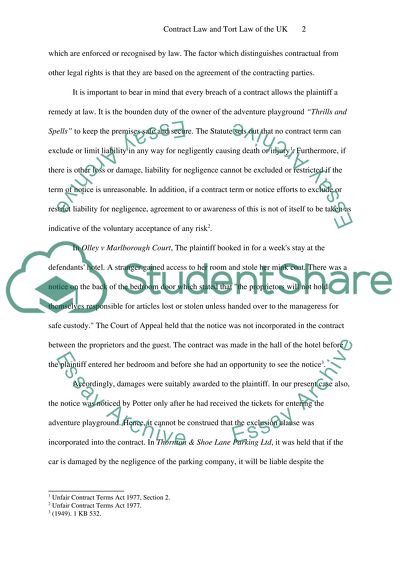Cite this document
(“Contract Law and Tort Law Case Study Example | Topics and Well Written Essays - 2000 words”, n.d.)
Retrieved from https://studentshare.org/law/1515237-contract-law-and-tort-law
Retrieved from https://studentshare.org/law/1515237-contract-law-and-tort-law
(Contract Law and Tort Law Case Study Example | Topics and Well Written Essays - 2000 Words)
https://studentshare.org/law/1515237-contract-law-and-tort-law.
https://studentshare.org/law/1515237-contract-law-and-tort-law.
“Contract Law and Tort Law Case Study Example | Topics and Well Written Essays - 2000 Words”, n.d. https://studentshare.org/law/1515237-contract-law-and-tort-law.


